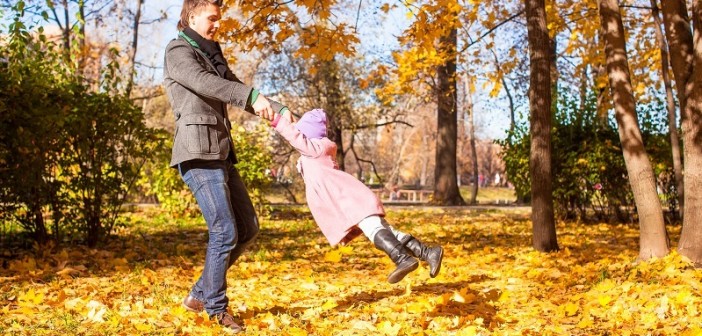Treatments for alcohol and drug addiction can be very effective for helping addicted people return to a normal lifestyle. The treatments are designed to not only remove the alcohol or drug addiction but to also help people change their lifestyles and outlook to help remove the underlying causes of the addiction. Ohio addiction treatment centers offer inpatient and outpatient recovery programs, both of which may be used during treatment.
Inpatient Therapy
The main advantage of an inpatient program is the 24/7 supervised care the patient receives. In the beginning of the recovery program, there will be a withdrawal period. The length of this period will depend on the type of substance involved and the length of time it was taken. This is called the detoxification process because the substance is being removed from the body. The patient may want to find their substance of choice to mitigate the discomfort of the withdrawal symptoms, but it won’t be possible inside the facility.
After detoxification, the recovery process requires the patient to fully concentrate on his or her recovery. Living in a facility with care and treatment allows the patient to avoid distractions of everyday life and avoid the triggers that are part of the cause of the addiction.
If any medical care is required during detoxification, the patient can get it immediately and regularly from medical personnel on site.
Outpatient Therapy
Outpatient therapy is often used when the patient has begun to recover and wants to return to his or her normal life. However, there are some things they must do such as visit the rehabilitation facility every day or a few days each week, avoid nightclubs and other places where drugs and alcohol are prevalent and continue their counselling sessions.
Types of Treatment
Behavioral therapies can help people deal with drug cravings and teach them ways to avoid the drugs. These therapies can help prevent relapse as well as teach the patient how to deal with relapse if it occurs. Patients learn things that relate to their lives such as better communication, parenting and relationship skills and family dynamics.
Some treatments include group therapies that provide social reinforcement and support a lifestyle without drugs or alcohol. Some of these include cognitive behavioral therapy and contingency management. Trained counselors monitor groups, especially of teenagers, to make sure the participants don’t reinforce drug use.
Each person is affected by drugs or alcohol differently, and requires a combination of treatments including medication, behavioral therapy and counseling. In some cases, the patient has developed a secondary illness that was caused by drug or alcohol abuse. Rehabilitation programs also take this into consideration, so the patient can become healthy and lead a normal life again.




